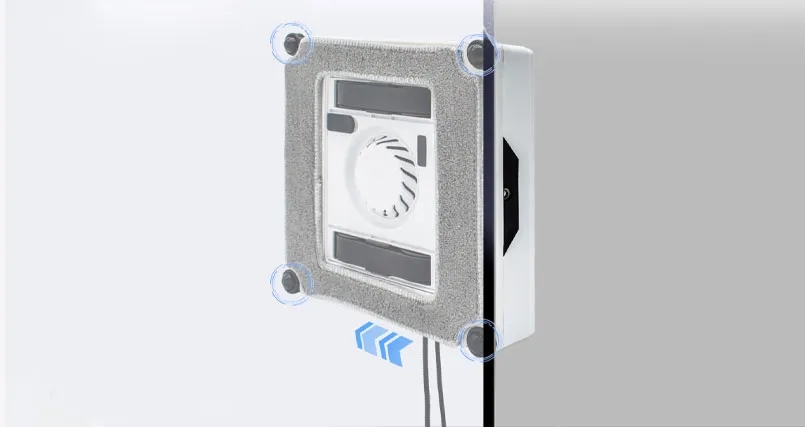Views: 7 Author: Site Editor Publish Time: 2024-08-12 Origin: Site








How to Solve the Low-Quality Body Material of Window Cleaning Machines.

Enhancing the durability and performance of window cleaning robots through improved materials.
A recurring issue with many window cleaning machines is the use of low-quality body materials that lead to frequent breakdowns, reduced lifespan, and increased maintenance costs. These machines, often exposed to harsh weather conditions and constant use, require robust construction to ensure reliability and longevity. Addressing this concern was crucial for maintaining efficiency in large-scale cleaning operations and reducing overall operational costs.
The key challenge was to improve the quality of the materials used in the construction of window cleaning machines. The goal was to enhance durability without significantly increasing production costs, ensuring the machines could withstand prolonged use in various environmental conditions while maintaining high performance.
By upgrading to higher-quality materials, we significantly improved the durability and reliability of the window cleaning machines. The enhanced construction resulted in fewer breakdowns, longer service life, and reduced maintenance needs, ultimately providing a more cost-effective solution for users. Check out our custom products
1. Initial Consultation and Analysis: We began with a thorough consultation to understand the client’s specific concerns regarding streaks. Our team conducted a detailed analysis of the cleaning process, identifying the factors contributing to streak formation.
2. Development of Streak-Free Technology: Based on our findings, our engineers designed advanced streak-free cleaning mechanisms. These included optimized cleaning pads, improved water and detergent distribution systems, and enhanced drying techniques to prevent streak formation.
3. Prototype Testing and Refinement: We developed prototypes featuring the new streak-free technology and subjected them to rigorous testing. Multiple iterations were performed to refine the technology and ensure it effectively eliminated streaks under various conditions.
4. Full Deployment and Staff Training: Once the prototypes met all performance criteria, we deployed the upgraded window cleaner robots across the client’s properties. We provided comprehensive training for the maintenance staff to ensure they could operate the new robots effectively and maintain optimal performance.
5. Improved Aesthetic and Functional Design:In addition to enhancing durability, we also focused on improving the aesthetic and functional design of the machines. The new materials allowed for a sleeker appearance while also contributing to better ergonomics and easier handling.
This case study highlights our success in addressing the issue of low-quality body materials in window cleaning machines. By upgrading to more durable, weather-resistant materials and optimizing the design, we created a solution that not only enhances the machines' lifespan and reliability but also delivers long-term cost savings and improved performance for users.